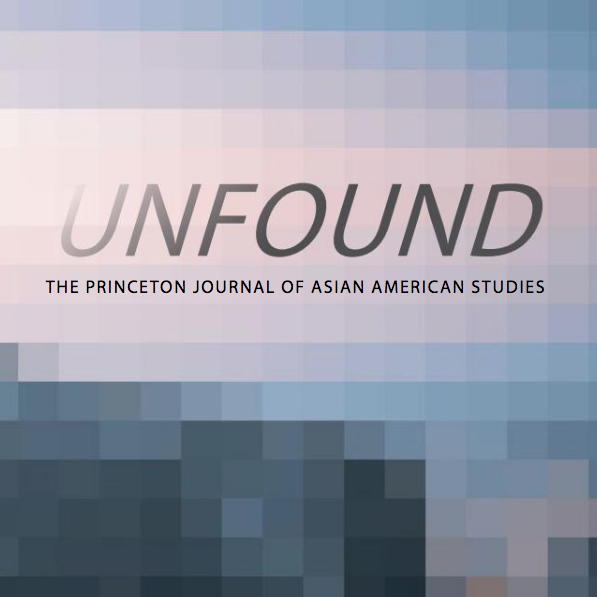So you’ve finally finished grinding out those long Dean’s Date papers (yay!). While you may not want to look at them ever again, it’s nice to make good use of these essays even after the semester is over, especially considering all the time and effort you probably put into researching, drafting, and revising them.

One way to do this is to try to get your papers published in an academic research journal, including those affiliated with Princeton or independent journals. As a Co-Editor-in-Chief for Unfound, Princeton’s Journal of Asian American Studies, I review and edit submissions for our yearly issues. Through this experience, I’ve learned a lot about the selection process in academic publications. While the process may differ according to each journal, there are some general rules of thumb that are important to keep in mind while preparing an academic paper for submission.
Here are some things to consider when submitting your research for publication:
Create a good title for your paper. While this goes without saying, the title is a huge part of a paper’s impression on the reader. Sometimes, we receive submissions with a title that is too vaguely worded or even misleading when considering the actual content of the paper. Sometimes writers will drop a term in the title that goes unexplained throughout the whole paper until the conclusion. Having a clear, specific, and maybe even witty title can make your submission so much more memorable. On that note, it’s also important that your paper has a clear focus; a paper that tries to cover too many topics can easily get rejected.
Consider your paper’s contribution to the journal–and, at large, the scholarly conversation. Sure, your paper may be beautifully written with a well-formulated thesis–but that probably won’t be enough to get it published. Oftentimes at Unfound, we will receive clearly well-written articles with a strong, sophisticated argument, but they may be lacking in that they aren’t really adding anything new to the existing scholarly discourse on Asian American studies. And just as Unfound values pieces that contribute something new to existing research, most academic journals generally gravitate towards submissions that introduce refreshing and original ideas to their respective fields.
Read the submission guidelines very carefully. Keep in mind that academic journals tend to have very specific formatting guidelines from style and font to references, tables, and figures that may differ by journal, so check these meticulously when preparing your manuscript. Not abiding by the submission guidelines and policies can indicate a clear lack of interest in and effort to learn about the journal. And as with any submission of work, make sure to proofread your manuscript again and again, for the matter of a few typos and grammatical errors can make a very different impression on the reader. For top-tier academic journals, it’s especially crucial to avoid basic mistakes in terms of formatting, citations, and grammar to make your paper as presentable as possible. You can easily prevent these errors by having another set of eyes check your paper, such as by asking your classmates or professors to proofread it for you.
Be prepared to make structural/substantive revisions. Especially for more selective journals, upon provisional acceptance, the editors may request revisions on everything ranging from formatting and grammatical errors to rephrasing your argument and restructuring the flow of your paper. Throughout this laborious process, it is imperative that you are willing and open to make these changes to your paper, and to stay communicative and responsive in corresponding with the editors.
Don’t be disheartened by rejection. Understand that there are a variety of factors that play into the selection process. At Unfound, in the process of carefully reviewing each individual article, we also consider how these articles will come together to create a cohesive but multifaceted issue. When selecting pieces for publication, we look for a good variety of articles that focus on diverse demographics within the Asian-American community and touch upon various realms of the Asian-American identity ranging from history, law, activism, literature, and tradition/culture. If there are a number of submissions that overlap in terms of topic, those pieces naturally undergo a more competitive selection process. And just as Unfound values diversity in its subject matter, other academic journals may have certain priorities they take into consideration. Such factors are beyond the submitters’ control, and it’s important to keep this in mind moving forward.
Hopefully these tips will help you maximize your chances of publishing your research. Having your research published in an academic journal is a difficult process, and it’s important to take each acceptance or rejection in stride. You can also check out my post here to learn more about peer-reviewed undergraduate journals, like the Princeton Undergraduate Research Journal (PURJ).
Look out for part II of this series in which Kamron reflects on his own process of submitting his research for publication!
–Soo Young Yun, Humanities Correspondent

